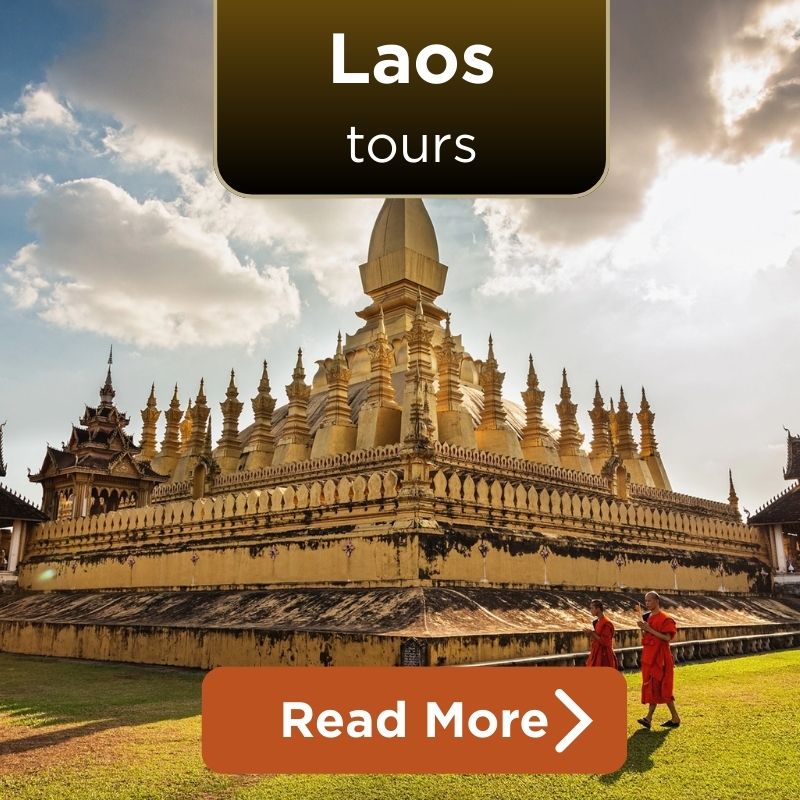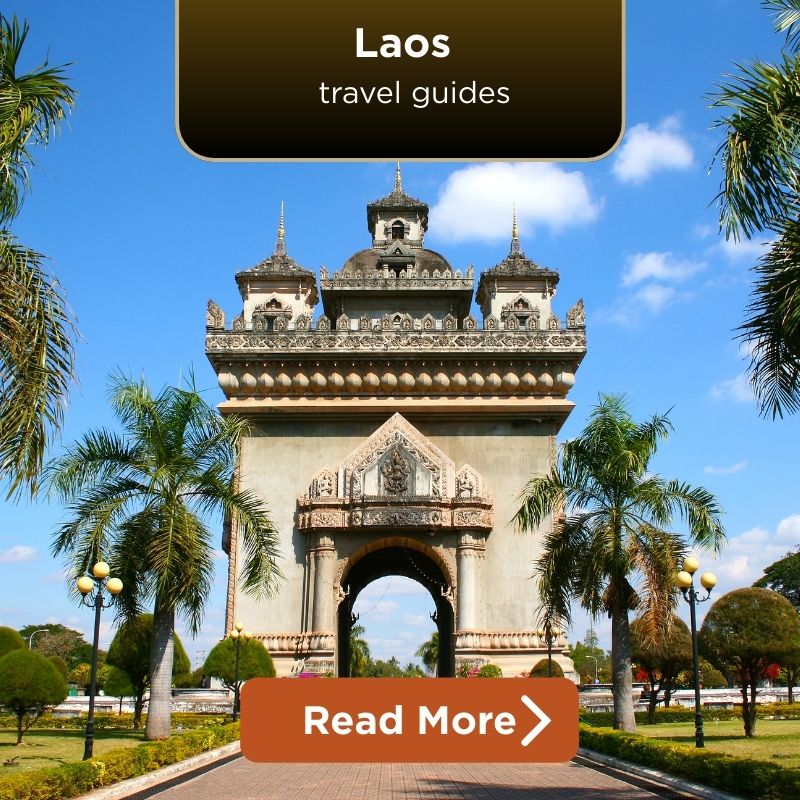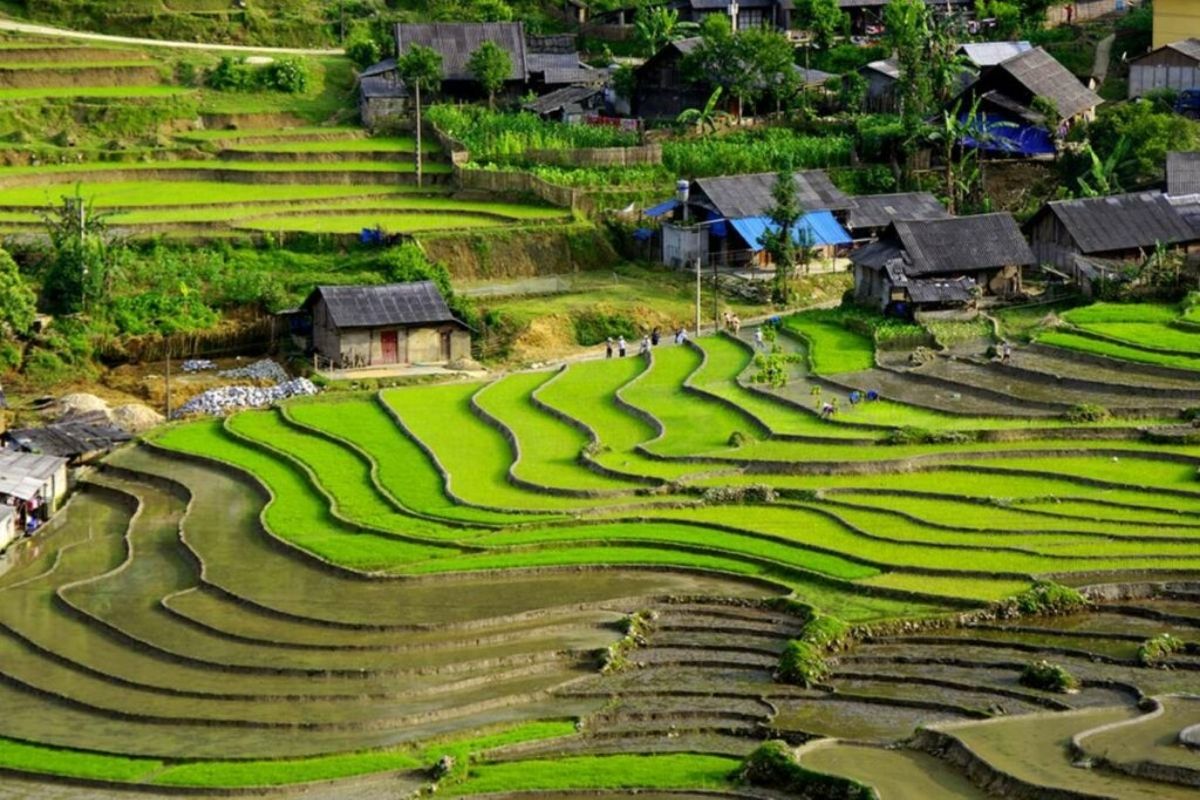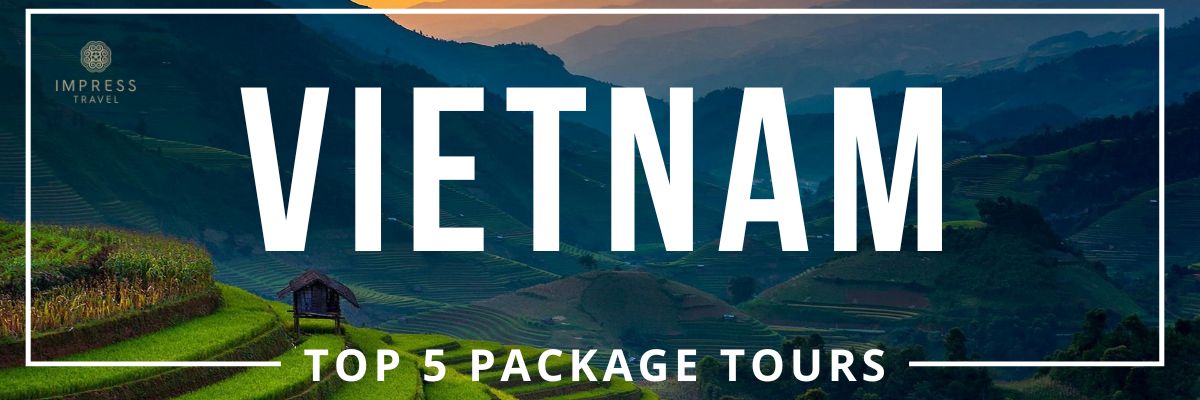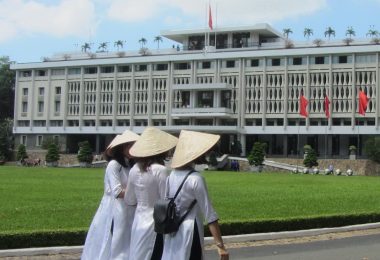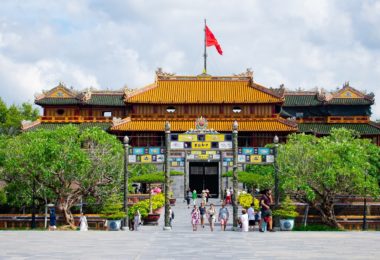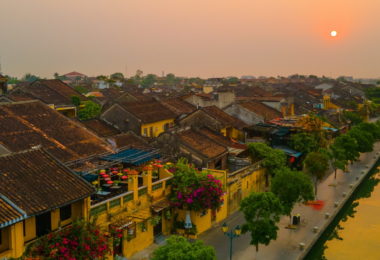Why Festivals Are the Perfect Stage for Vietnamese Traditional Games
Vietnam’s festivals are one of the most spectacular festivals in the world, but they are also the ideal context for a performance of the Vietnamese Traditional Games. At celebrations, including Tet, village fairs, or spring get-togethers, these folk games turn into joyous rituals that bring entire communities together. Children and the elderly get involved and burst into laughter in a team spirit in these timeless given ‘games’: whether it’s a game like the tug of war, bamboo jacks, or a human form of Chinese chess. Here, at the heart of celebration, people stand face to face, not just with one another, but with their own shared face.
Why does it matter? And the reason is that these Vietnamese Traditional Games are more than fun, they are part and parcel of traditional Vietnamese culture. At every festival, a rare opportunity to see how games transmit values of cooperation, respect, and ancestral gratitude. Whether you are watching a boat race on the river or crossing a chalk-drawn board on a schoolyard hopscotch court, every game in Vietnam is a vibrant part of its living, breathing cultural legacy.
Top 12 Vietnamese Traditional Games You’ll Encounter in Festivals
1. Rong Ran Len May (Dragon-Snake Game)
- Played during: Tet festivals, schoolyards across Vietnam
- Age group: All ages
- Cultural symbolism: Protection, unity, agility
This is an all-time favourite game in Vietnam and is sure to draw loud laughter! Children (and adults, too!) hold onto the waist of the person in front. Create a long wriggling “dragon." As butchered villains and tortured bodies, or twice, panting, wheel their way around to a “doctor" figure who will fiercely defend his gate. It’s quick, it’s humorous, and it’s lighthearted. But more than the action, the game embodies values drawn from traditional Vietnamese culture: cooperation, respect for elders, and fast thinking under pressure. A classic of Vietnamese Traditional Games, this one is all about speed and group work.
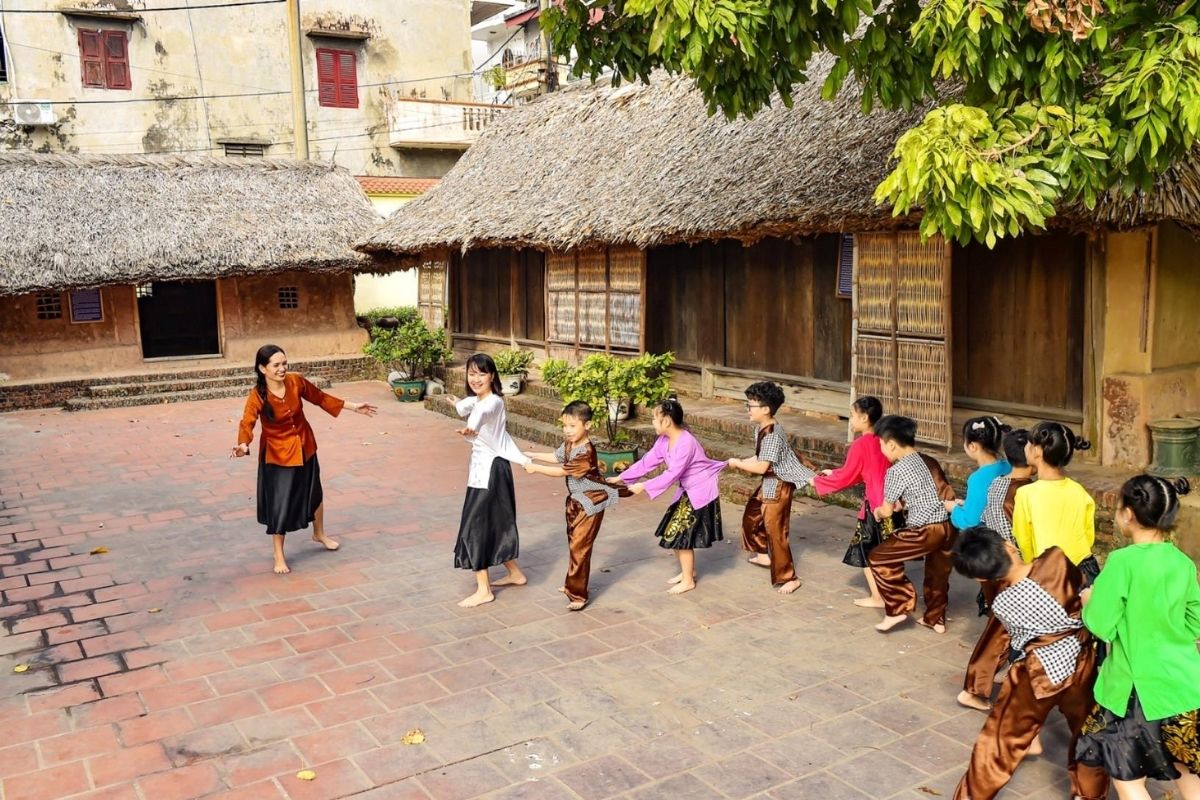
Rong Ran Len May (Source: baohaiduong)
2. Keo Co (Tug of War)
- Recognized as: UNESCO Intangible Cultural Heritage
- Versions: Rope-based and hand-linked styles
- Highlight: Strength, coordination, and village pride
Here’s a test of true strength and solidarity for you. Tug of war Keo Co, or tug of war, is a gripping and fierce game where two teams of players stand across from one another and wrap their hands around a thick rope (or each other’s waist!) with one objective: to tug the opposing team across the line. It’s moist, loud, and just electric. In some versions, the long bamboo ropes are used; in others, it’s back to bare hands, a symbolic act of coming together observed in the Northern highland communities. This 100% Vietnamese Traditional Game is about more than just muscle; it’s also about strategy, rhythm, and synchronisation. It’s a symbol of perseverance and team spirit, which is very much in keeping with the traditional Vietnamese culture of unity.
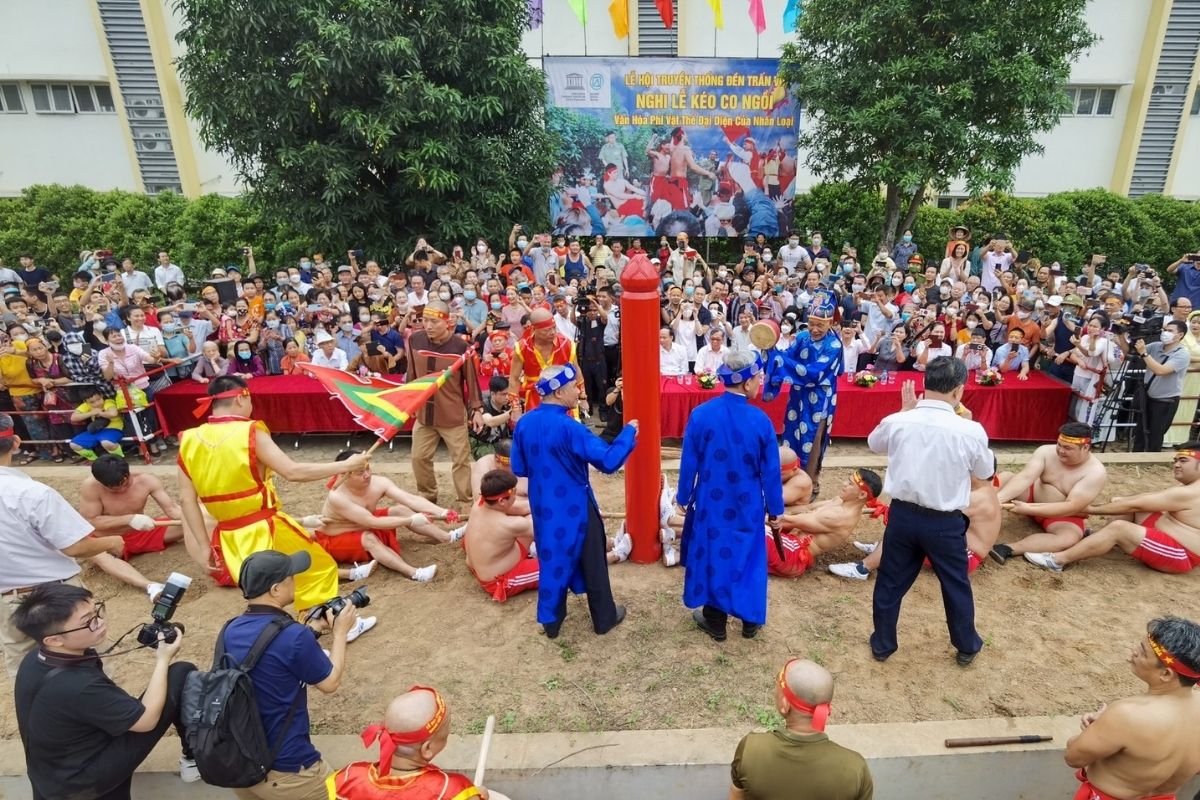
Keo Co (Source: bvhttdl)
3. Bit Mat Bat De / Bat Lon (Blindfolded Goat or Pig Catching)
- Popular during: Countryside Tet celebrations
- Objective: Sensation over vision – chaos, hilarity, and surprise!
Duck, Duck, Goose: Close your eyes, you guys – literally – for possibly one of the most ridiculous playground games of all time. Amid all this mayhem, a blindfolded player is shoved into a ring either with another competitor or with a live pig (yes, you read that correctly!). Guided only by the cheering of the crowd, they have to track down and tackle their mark. Not at all.” Spectators laugh until they cry as the player stumbles, reaches, misses again and again. A wildly Vietnamese Traditional Game sometimes lies in releasing control and accepting unpredictability.
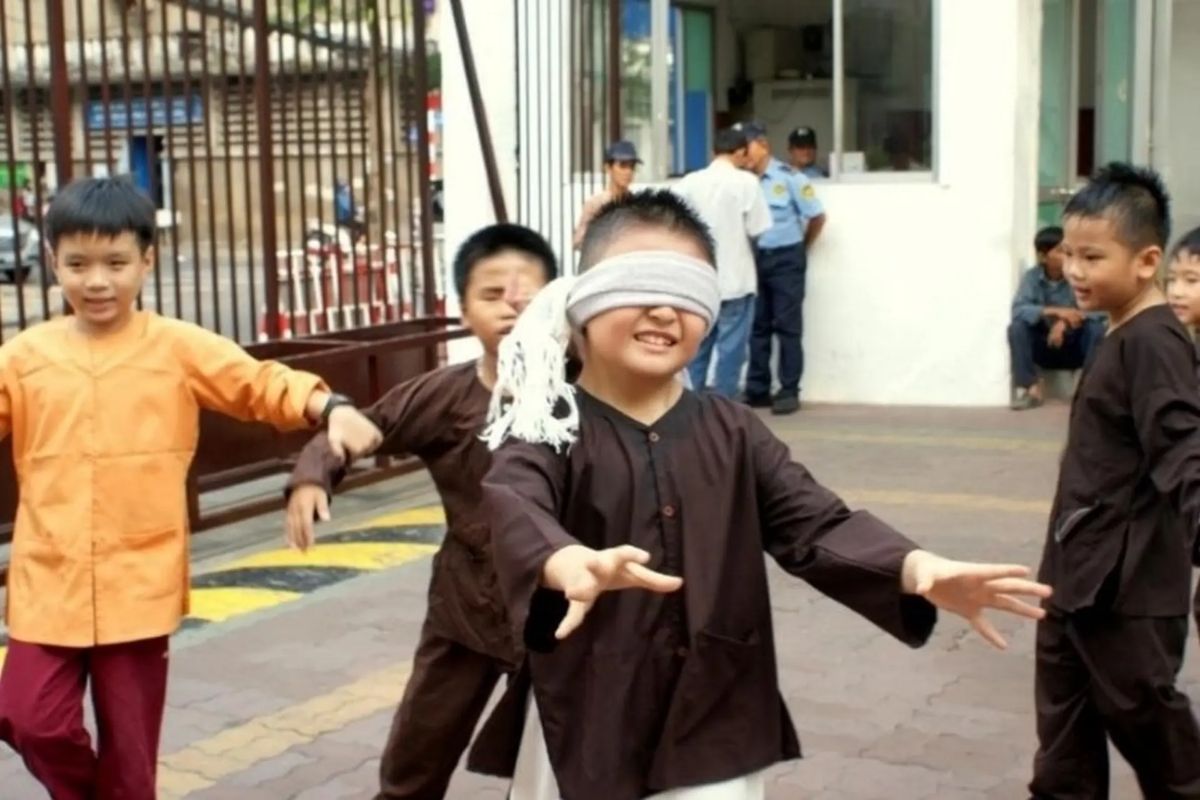
Bit Mat Bat De (Source: fptshop)
4. Dap Nieu Dat (Clay Pot Smashing)
- Game type: Precision, tension, reward
- Occasion: Festivals and spring fairs
- Typical prize: Rice cakes, candies, or lucky money
Get ready to swing! This popular folk game is about smashing a suspended earthen pot while blindfolded is part of the fun. It is simple enough until you see the pot is spinning, the player is dizzy, and the crowd is hooting with glee. When the pot shatters, the treats and applause pour in. Behind the laughter are symbolic meanings: the snap represents the new year and a clean break, and the prize inside the cracker represents the material prosperity that people hope for in the year to come. Of all Vietnamese Traditional Games, this game is particularly favoured in the Tet holiday and temple festivals.
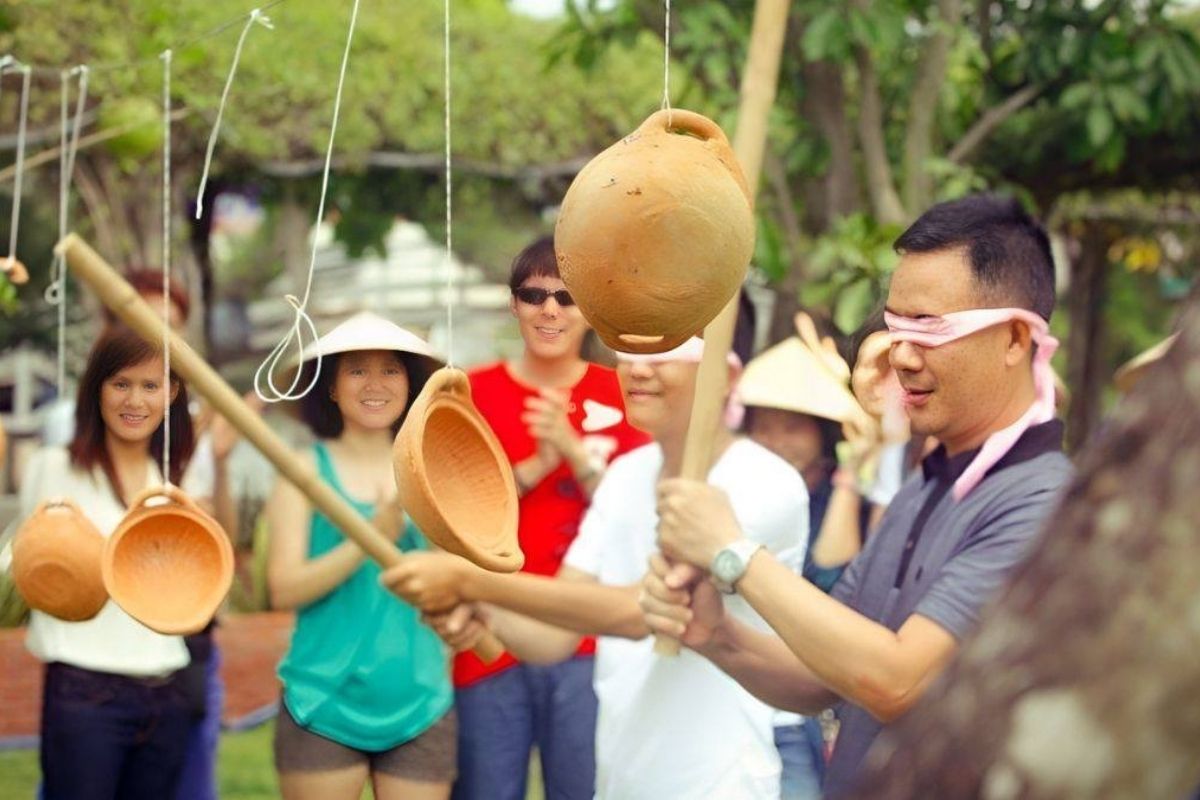
Dap Nieu Dat (Source: homnaydidau)
5. Co Nguoi (Human Chess)
- Where to watch: Spring festivals, communal house yards, Hanoi, Hue, Bac Ninh
- Vibe: Martial arts mixed with the mental side of the game
- Extras: Drum beats, traditional music, ceremonial introductions
Think of a life-size chess game in which the pieces become real characters! In this thrilling variation on Chinese chess, the generals, horses, elephants, and pawns are actual people, in bright costumes. When you give the command, each human “piece” moves across a huge outdoor board, and sometimes does martial-arts demonstrations to illustrate the battle! Co Nguoi is a Vietnamese Traditional Games and one of the most theatrical and thinkers games, bringing together the stringent ways of the body and mind. Embedded in traditional Vietnamese culture, it celebrates the wisdom, bravery, and dignity inherited from generations of ancestors.
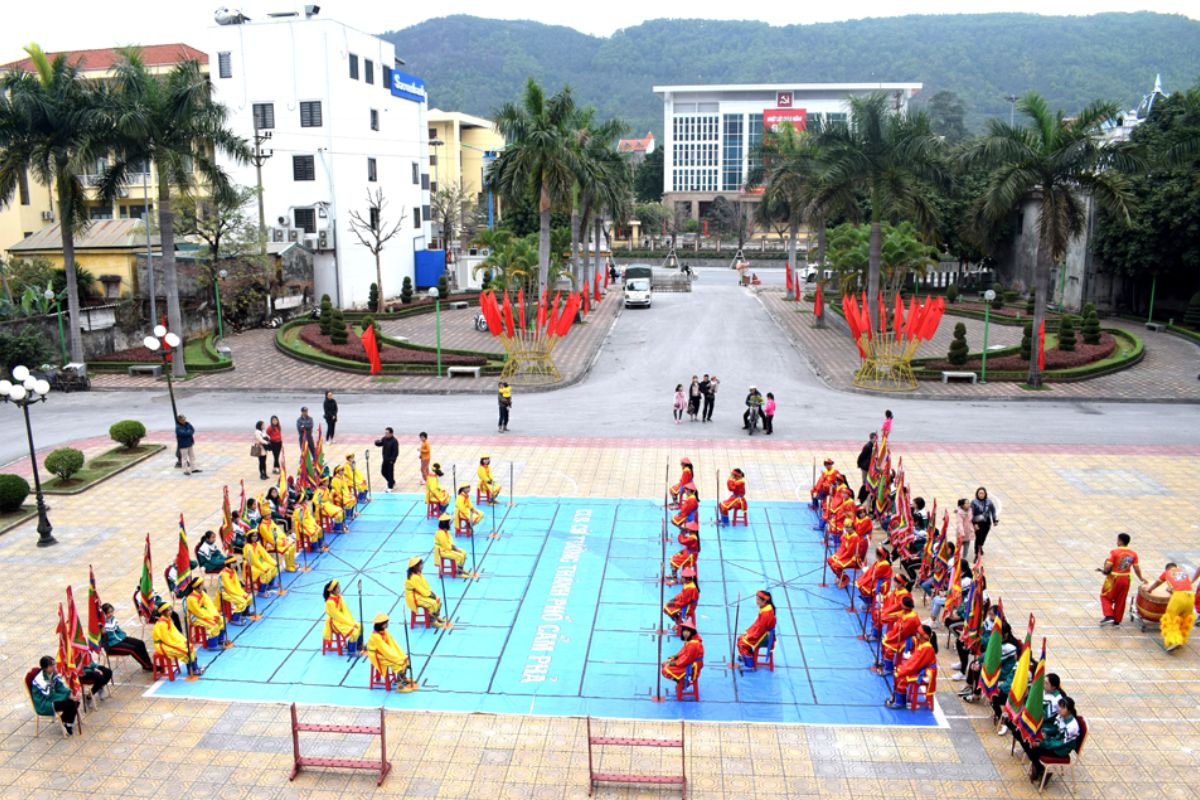
Co Nguoi (Source: octo)
6. Di Cau Kieu / Cau Khi (Walking the Bamboo Bridge)
- Commonly found in: In the Mekong Delta, Tet festival, countryside yield fairs
- Challenge: Balance over water or sand
- Symbolism: Resilience and grace
A thin bamboo pole is stretched across a pond, swaying when someone steps on it. Can you make it without falling? That’s the fun of Di Cau Kieu, a balance-based game popular in Vietnam that requires both skill and nerve. A popular fixture at rural festivals, this traditional game was based on the makeshift monkey bridges villagers used to traverse rivers. In today’s spirited environment, it’s a test of agility and raucous laughter for players and spectators. Another of the Vietnamese Traditional Games that are so enjoyable (and insightful) in the Mekong Delta, it shows the resilience of ordinary life.
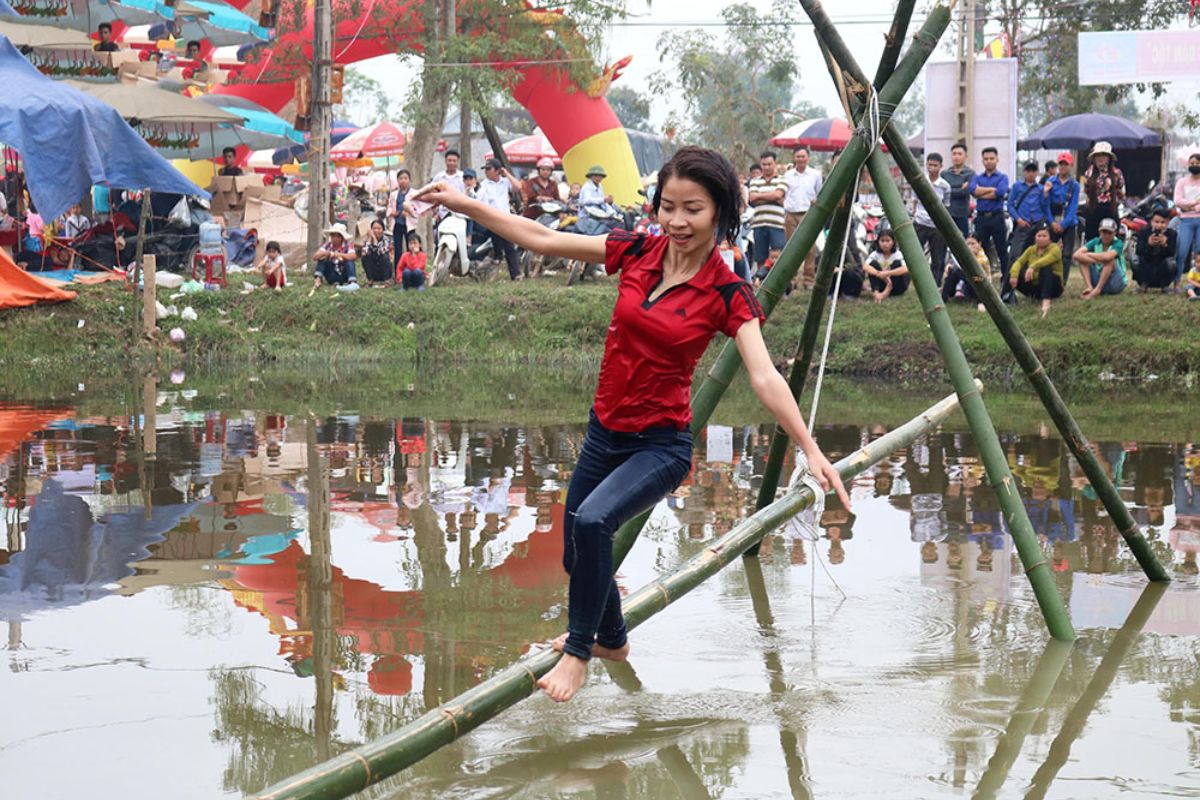
Di Cau Kieu (Source: mnphudong)
7. Di Ca Kheo (Stilt Walking)
- Festival setting: Spring fairs and community contests in Hue, Quang Nam, and Dak Lak
- Game type: Strength, balance, and audacity
- Visual impact: Towering athletes race above on high stilts made from bamboo stalks
Get ready to stand out in the mix literally! In Di Ca Kheo, players lace their feet into long bamboo stilts and race, dance, or even play soccer. The exciting folk game is a hit at spring festivals and at village fairs, where riders balance and compete across meadows, often to hilarious effect. A former means to navigate flooding, stilt walking has now emerged as one of the most fun Vietnamese Traditional Games, showing human creativity and adaptability. It’s all about standing tall literally and culturally as a testament to the resilience that’s part and parcel of traditional Vietnamese culture.
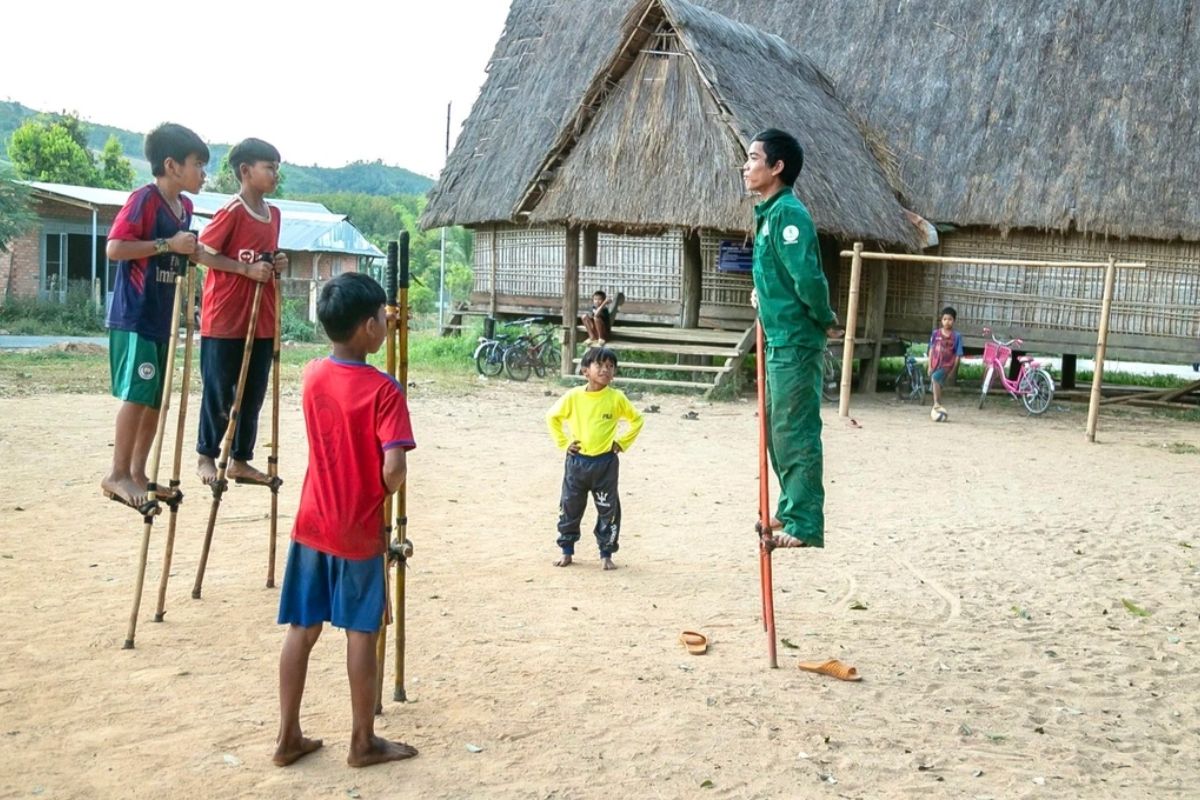
Di Ca Kheo (Source: dantri)
8. Nem Con (Throwing the Cloth Ball Through the Hoop)
- Who plays: Ethnic minorities in Northwest Vietnam (Thai, Tay, Muong…)
- Occasion: Lunar New Year, ethnic festivals
- Symbolism: Fertility, harvest, yin-yang balance
This is not just a run-of-the-mill ball toss; it’s a ritual of renewal. At Nem Con, villagers line up in open fields under a massive bamboo pole with a hoop at the top. The goal? To throw a colorful cloth ball straight through the middle. Easy? Not quite! Every toss bears significance for health, peace, and a good crop. Practiced essentially among the ethnic groups in Lao Cai, Son La, and Yen Bai provinces, the fascinating game represents the relationship between heaven and earth, between human and nature. It is also considered a symbol of hope and luck in Vietnamese Traditional Games.
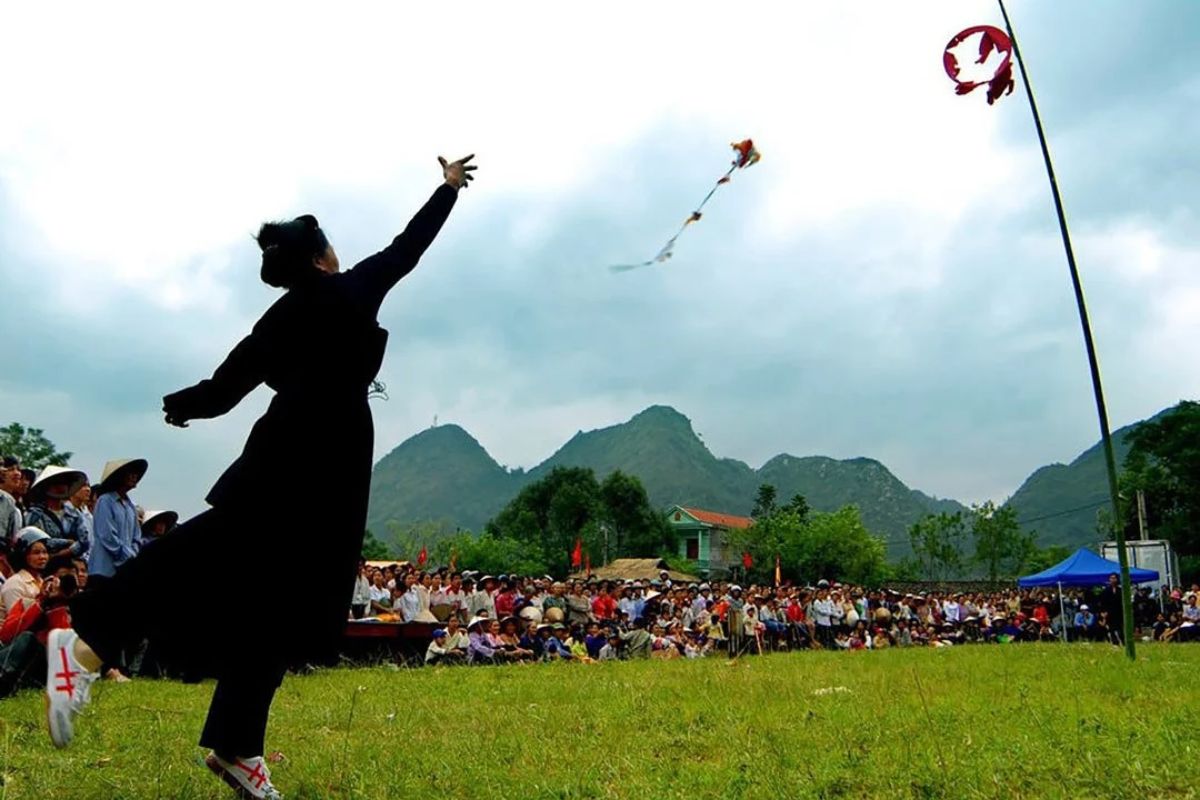
Nem Con (Source: tempi)
9. Danh Du (Bamboo Swinging)
- Event type: Major Tet celebrations, village temple festivals
- Experience: Rhythm, grace, and community cheers
- Symbolic meaning: Harmony and fortune
As two players soar sky high on a monster-size bamboo swing, feet pumping, laughter lifting, hold your breath. That’s Danh Du, a stunning traditional game from Northern Vietnam, which can be played all around the North, only in early spring. With streaming ribbons and rolling drums, this performance-game hybrid combines excitement with tranquillity. It’s more than a ride; it’s an elegant homage to the balance between man and nature, motion and stillness. No wonder this grand event is beloved among Vietnamese Traditional Games.
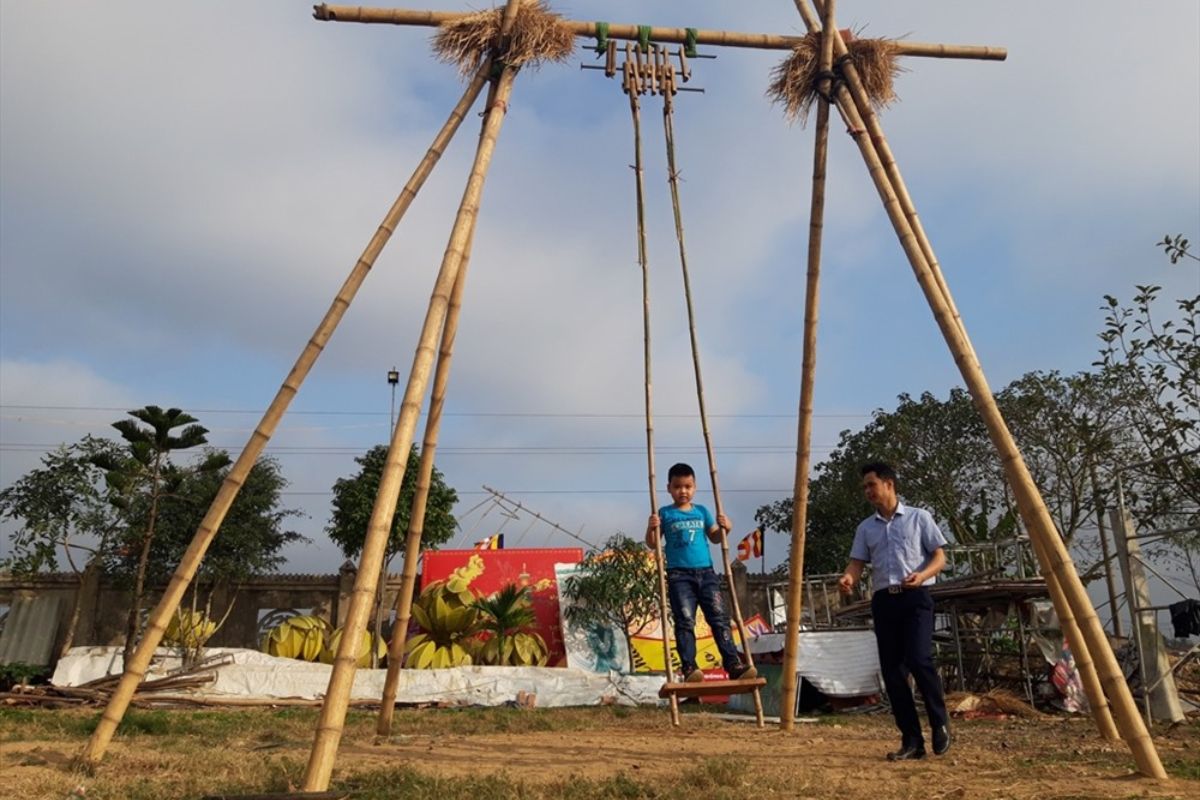
Danh Du (Source: baolaodong)
10. Choi Chuyen (Bamboo Jacks)
- Who plays: Mainly girls and teens
- Played with: 10 bamboo sticks, a rubber ball, or a stone
- Skills tested: Dexterity, rhythm, memory
You can never resist the irresistible rhythmic clatter of Choi Chuyen under the shade of village trees or try playing on the tile floor of a city house’s basement. It is considered a Vietnamese Traditional Games. Players throw a ball and gather sticks in increasingly intricate patterns while singing melodic verses. It’s both a test of speed and hand-eye coordination and a delightful social activity that inspires patience and camaraderie. Quiet and unassuming, it is a testament to the ingenuity and resourcefulness to be found in the humdrum activities that are integral to traditional Vietnamese culture.
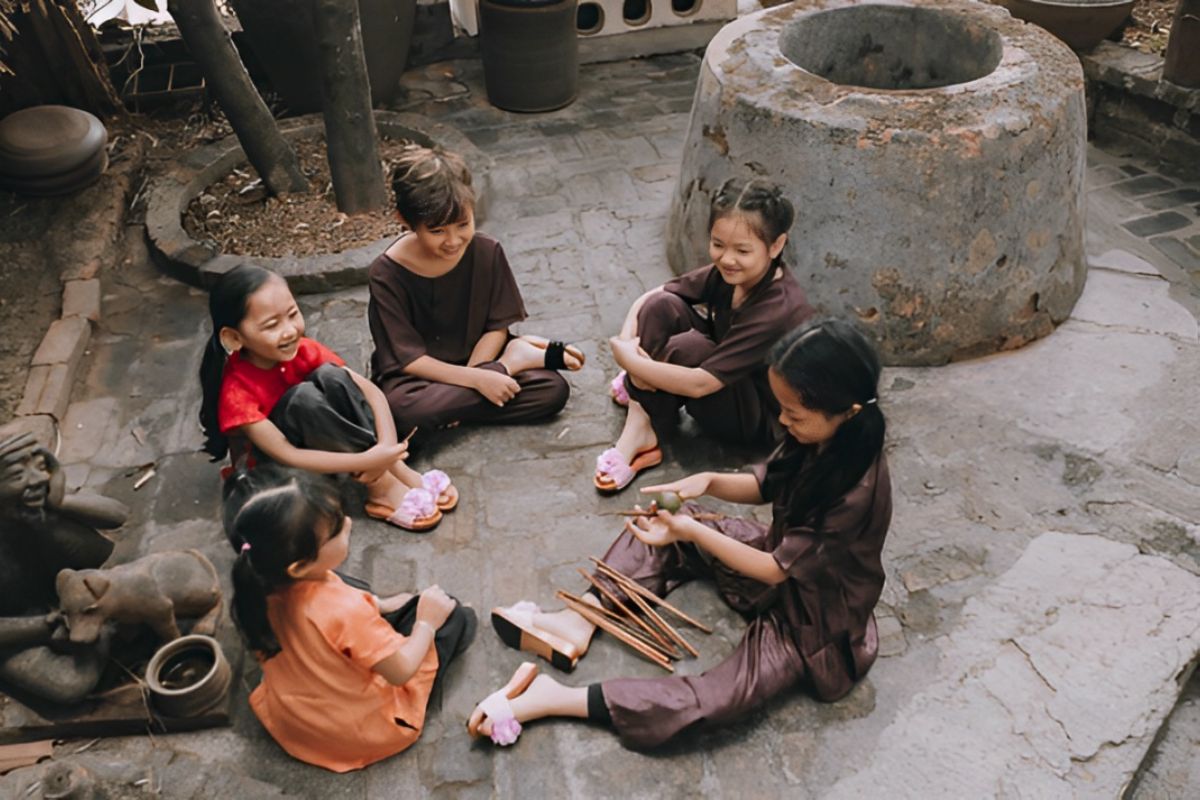
Choi Chuyen (Source: vinshop)
11. O An Quan (Mandarin Square Capturing)
- Where it thrives: Schoolyards, village homes across Vietnam
- Game style: Turn-based strategy and calculation
- Educational value: Enhances math skills, memory, and tactical thinking
Here’s where brains beat brawn! O An Quan is an ancient version of a thinking/strategic game commonly played with some pebbles and a board made of chalk on a flat surface. Don’t underestimate its simplicity, this gem of all Vietnamese Traditional Games is the fruit of an age-old game history and intelligence, and folklore. Decide which player goes first, and players take alternate turns picking up pebbles, then placing them back down on the board. It’s a game in Vietnam that mixes strategy and cultural symbolism, where the “mandarin squares” are symbols of higher power and the peasant squares connote beer and loafers. It’s something that’s so deeply seated in traditional Vietnamese culture, and it’s a fun activity that encourages numeracy, logic, and fair play the way no video game could.
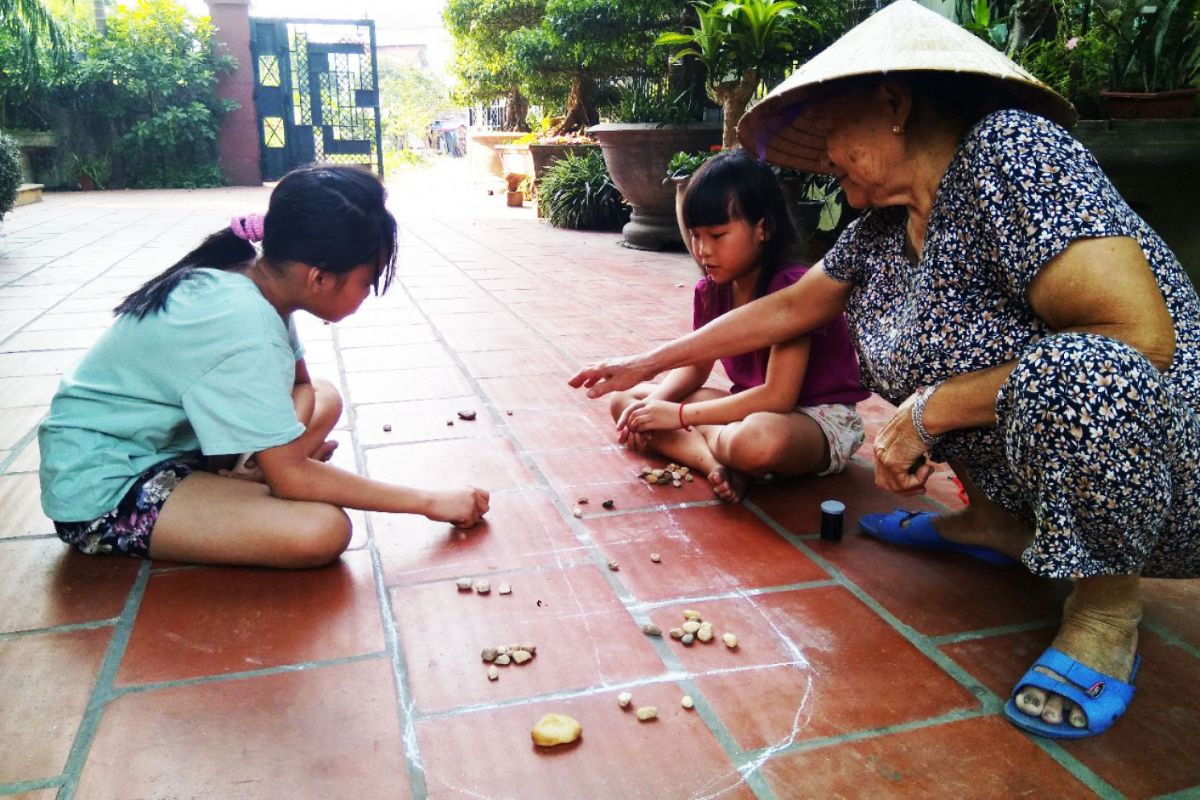
O An Quan (Source: phunuvietnam)
12. Dua Thuyen (Boat Racing)
- Where to witness: Along rivers in Hue, Dong Thap, Can Tho, and Quang Binh
- Festival tie-ins: Lunar New Year, Mid-Autumn, national celebrations
- Core elements: Synchronized strength, spiritual reverence
Hear the drums reverberating, the water splashing, the boats cutting through the river like arrows! Dua Thuyen: the chaotic, thrilling beauty of Vietnamese Traditional Game. The surprisingly beautiful, yet crazy spectacle of Vietnamese Traditional Games played during river festivals. The vividly painted boats are each led by a rhythmic drum, and rowing teams have to grapple with the three primal forces of water, wind, and time. But this is no mere race, it’s a rite. Based on old agricultural rituals, the ceremony both honors water gods and conveys the collective aspiration of prosperity and harmony. With a long history and traditions spanning millennia, few traditional games are the source of as much pride and unity as boat racing, a harmonious combination of sports and ancient spirit that jets from the brisk currents to the very heart of traditional Vietnamese culture.

Dua Thuyen (Source: discoverhongkong)
Where to Experience These Vietnamese Traditional Games Firsthand
Northern Vietnam with Vietnamese Traditional Games
Where: Hanoi, Bac Ninh, and Red River villages
What to expect: Color-splashed spring festivals held in the Dinh lang, or communal house yards, where you’ll see contests of tug of war, dragon-snake games, and even human chess played to the beat of ceremonial drums. These events are an emotional expression of the legacy of tradition when locals compete standing face to face, and are a testament to the relevance of Vietnamese Traditional Games in the 21st century.
Central Vietnam with Vietnamese Traditional Games
Where: Hoi An, Hue
What to expect: Among the offerings in Hoi An, there is the Bai Choi festival, a UNESCO-endorsed concoction of music, poetry, and folk card play; an artform woven into the soul of Vietnam. In Hue, temple grounds serve as stages for bamboo jacks, swing games, and walking on stilts, all wrapped in incense and lanterns. It’s where history, harmony, and old-school games collide breathtakingly.
Southern Vietnam with Vietnamese Traditional Games
Where: Mekong Delta, Can Tho, Vinh Long
What to expect: Along the rivers of Southern Vietnam, Tet is boat races, monkey bridge games, and comical games of blindfolded pig catching. Get caught up in the rhythmic frenzy and cheer that is these iconic Vietnamese Traditional Games, a rousing celebration of local strength and laughter. And this is an area through which traditional Vietnamese culture is given the most special seasoning, in games that parallel the flexible, buoyant life on the river.
Ethnic Festivals with Vietnamese Traditional Games
Where: The Tay Bac Highlands (e.g., Lao Cai, Yen Bai, Son La) and the Central Highlands
What to expect: Immerse yourself in the rich tapestry of Vietnam’s ethnic minorities, Tay, Thai, Muong, H’Mong, where games such as nem con (ball throwing for fertility) and stilt walking are freighted with spiritual and seasonal significance. In these hilly areas, folk games are very much part of the agrarian ritual and harvest, communion with nature. They’re not only fun, they’re sacred.
Conclusion
Be it becomes a game that we are familiar with or through other different expressions, Vietnamese Traditional Games are more than a joyful time; they tell us the voices of traditional Vietnamese culture. Whether jumping in and out of hopscotch squares in a courtyard in Hanoi or shouting at a tug of war in the Mekong Delta, every game brings you closer to Vietnam’s cultural legacy. So no matter where you are in your travels, you should play a bit because you won’t just have fun; you’ll put yourself in the soul of Vietnam.







